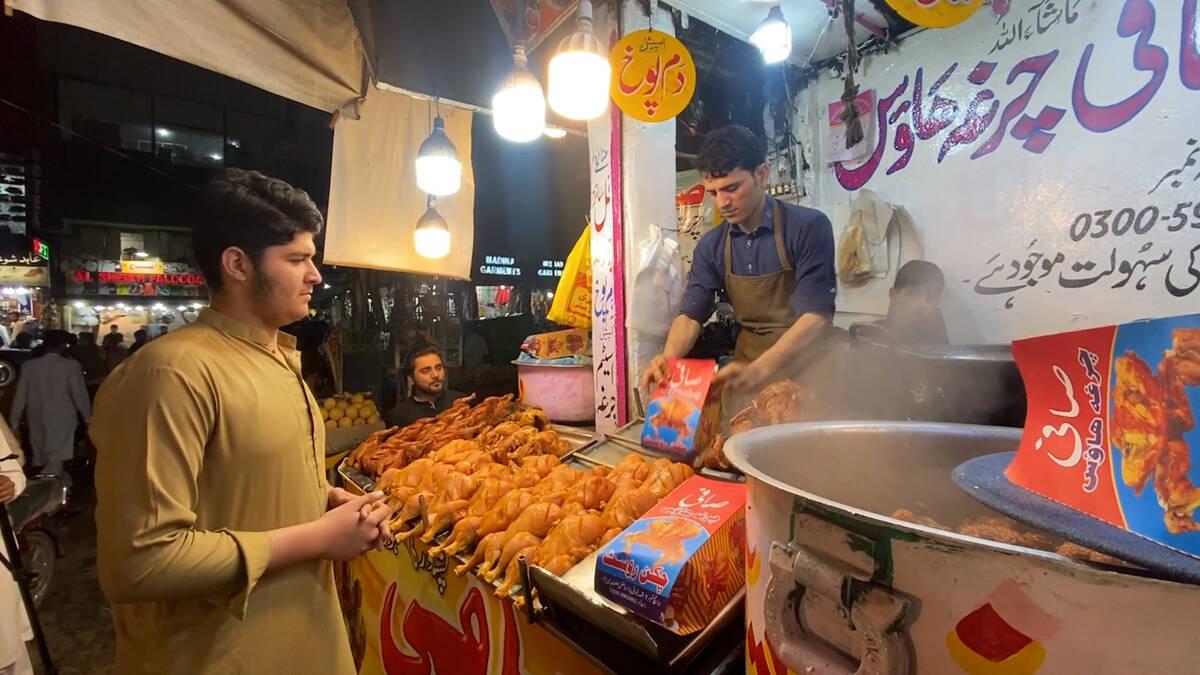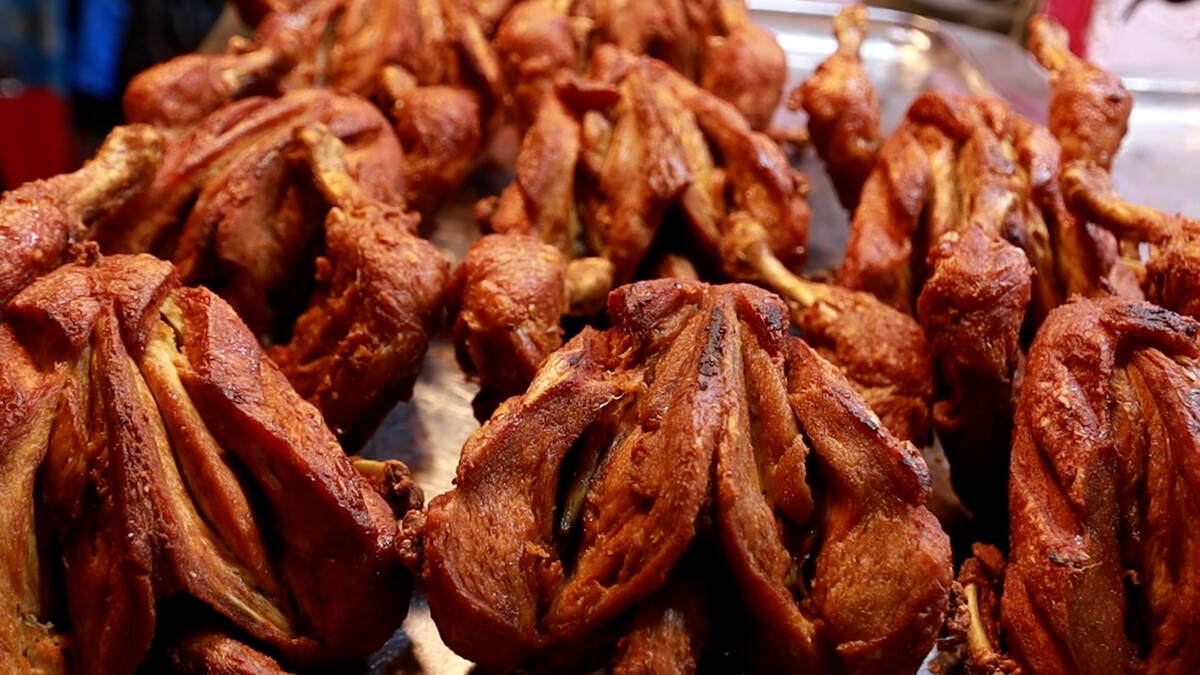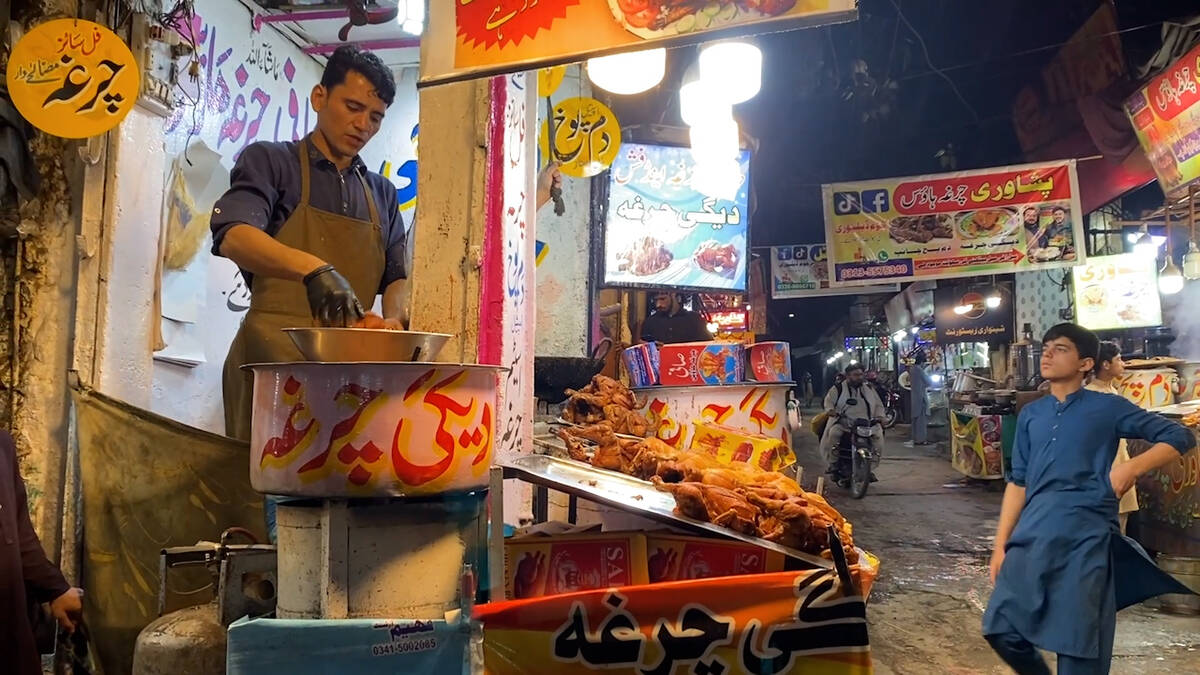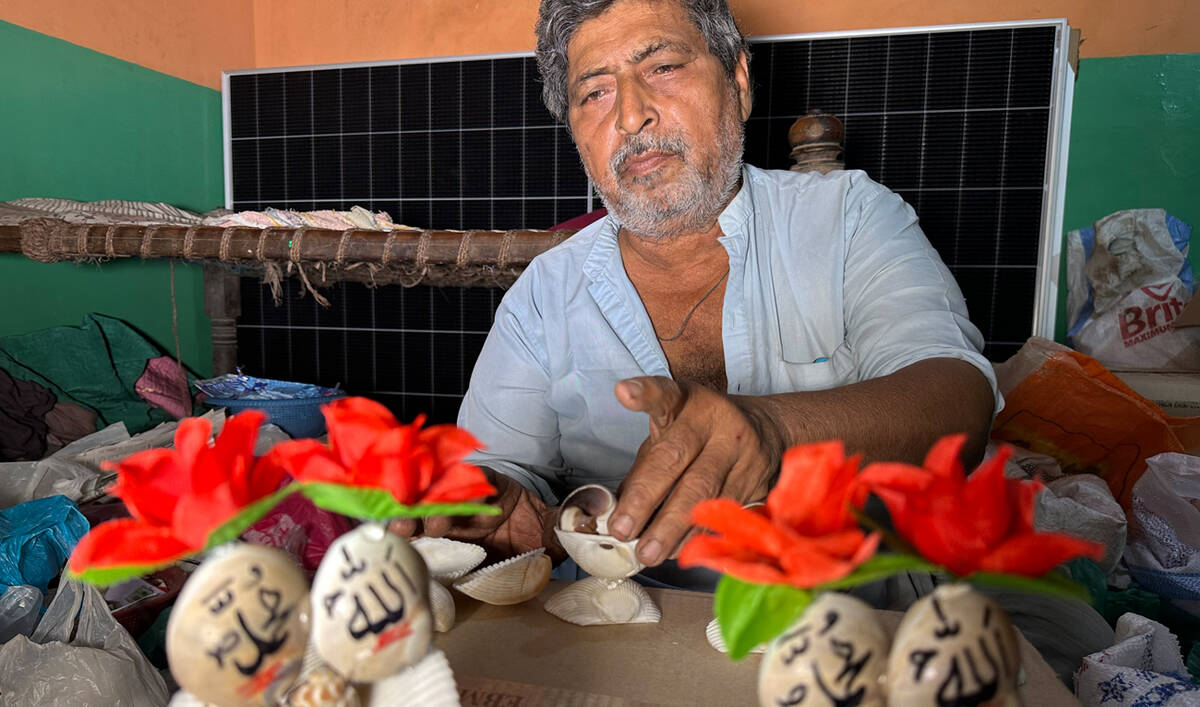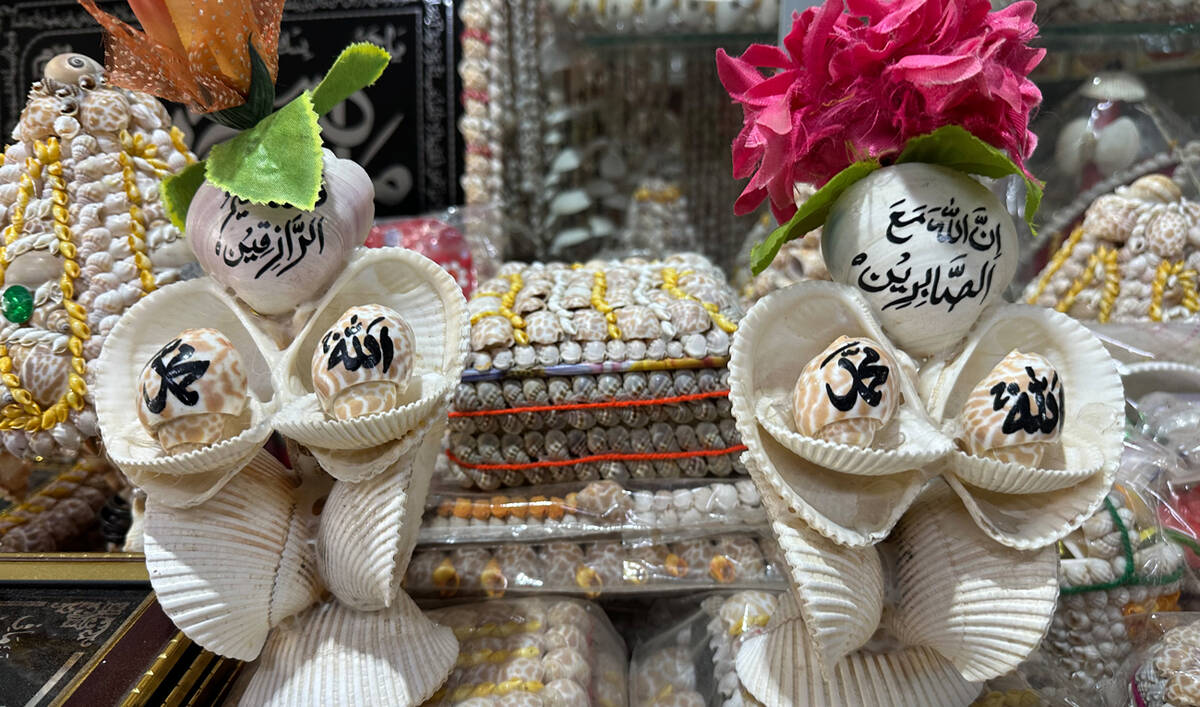KARACHI: Mirza Atif Baig and his three companions wield their spades to break the soil before levelling it with a tree trunk, as they prepare a historic wrestling arena in Karachi amid the resonance of barbells in the background.
The combat zone existed before the country’s independence but reached the pinnacle of glory after being acquired by Manzoor Hussain, a legendary fighter whose memory still lingers in the public imagination as Bholu Pehalwan, after his family arrived in Pakistan from India’s Amritsar city.
Even to this day, people call it “Bholu ka Akhara,” or Bholu’s wrestling arena, while remembering the outstanding fighters who regularly practiced here before leaving an imprint in domestic and international competitions.
Despite all the inspiring stories associated with the place, it has undergone a significant transformation and now serves as a gym for dozens of young people who are more inclined to build their physique than to test their mettle in a wrestling ring against a fierce opponent.
As Baig and his small group of friends engage in rigorous wrestling practice, other members of the club use modern workout machines, creating a stark contrast that encapsulates the transition from the old to the new.
“That’s the past, this is the present,” 38-year-old bodybuilder Shah Alam paused for a while during the exercise, as he pointed a finger at Baig and his companions while speaking to Arab News. “Our generation today is more interested in muscle training. They have very limited knowledge of wrestling.”

The picture taken on September 13, 2023, shows the entrance of Bholu's Health Club in Karachi, Pakistan. (AN photo)
However, for those who have long been associated with wrestling, the change is not easy to accept.
“This place gained prominence when Imam Bukhsh Sahib, Gama Pehalwan Sahib, and Bholu Pehalwan Sahib arrived and promoted it, elevating it to its current status,” Waseem Tara, once part of this thriving sport who now looks after the arena, told Arab News.
He insisted that wrestling was “superior” to other athletic activities, though young Pakistani boys no longer saw a future in it.
Baig, 36, said his motivation for wrestling was also waning because most people around him were now pursuing other sports with better financial prospects.
“It is true that wrestling is on a decline in Karachi,” he said.
“This is an exceptionally expensive hobby,” he continued. “To pursue it, you have to consume one to two kilograms of milk in the morning. In the afternoon, you require mutton with bread, almonds, and bananas. In the evening, you should drink Sardai [a cocktail of several nutritious ingredients] with a light meal. You also need to get sufficient sleep.”
With the wrestling arena fast becoming a past relic, people like Noor Sadiq Mulkana, an 18-year-old student, considers his membership of the place as an opportunity to enhance his body strength.
“In the gym, we only shape the body,” he said. “It does not make the body powerful.”
“When we visit other gyms, they offer advanced equipment,” he added. “But here, we get a combination of akhara and gym experiences.”
Mulkana said he visited the wrestling arena to warm up before beginning his workout.
However, Tara did not see it as much of a consolation, pointing out that Bholu Pehalwan’s legacy had inspired many until now.
“People like Nasir Bholu and Jhara Pehalwan continued to practice at this very place,” he recalled. “I also had the privilege of training here. Everything I have achieved in my life is because of this wrestling arena.”
He maintained it was important to promote the sport to rejuvenate the interest of young people in it.
“If you screen a film daily, even those who have no interest will eventually begin to watch it,” he said while using an analogy to clarify the point. “On the other hand, if a film has not been shown for 10, 20, or 50 years, when you finally do it, no one will be interested in watching it.”
Tara insisted this was how things had turned out for the traditional form of wrestling in Pakistan.






